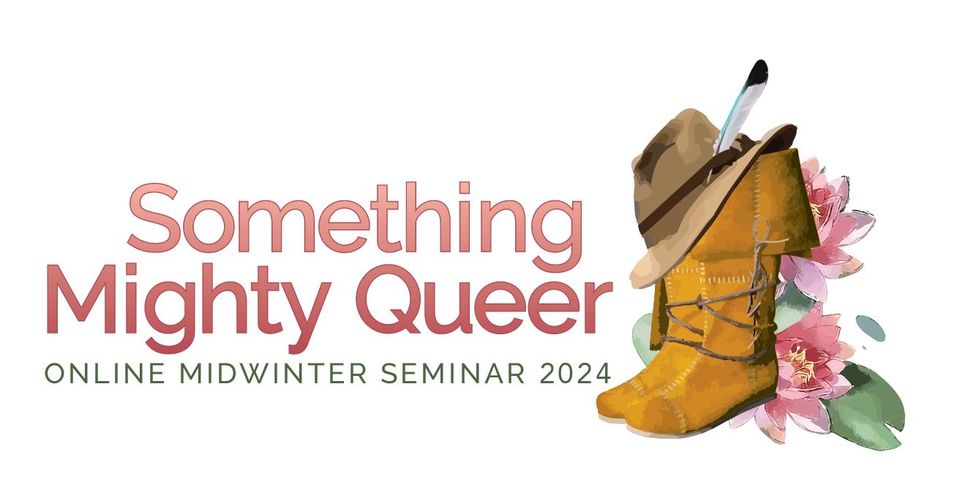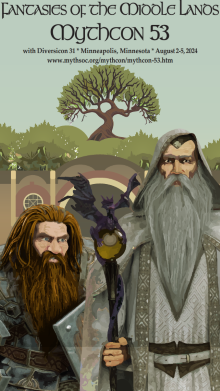Loading...
Event Website
https://www.mythsoc.org/oms/oms-2024.htm
Start Date
2-17-2024 12:00 PM
End Date
2-17-2024 12:50 PM
Description
The queer is often defined by its relation to normativity. Michael Warner’s The Trouble with Normal situates queerness in opposition to normalcy, even gay normalcy. Karma Lochrie’s Heterosyncrasies: Female Sexuality When Normal Wasn’t deconstructs a monolithic hetero-normativity. Within the fantasy genre, protagonists frequently reside in a queer relation to normative communities. J. R. R. Tolkien quite often depicts his major characters within his mythopoeic framework as in some way outside of the normal; they’re often odd, fringe outsiders in relation to the larger community to which they are a part. The texts of his legendarium present this queerness fairly clearly—so do artists who have conceptualized Tolkien’s characters. They use space, color, lines, the placement of a viewer’s gaze, semiotics, and intertextual resonances to include or exclude a character from those around them, underscoring their difference or firm opposition in relation to the “normal” of their community.
The focus of this paper is the fallen wizard Saruman, who becomes a pulsating icon of heterodoxy and villainy but also of a queer eros positioned as alterior in the text. Artists have produced conflicting and significant inflections to his character, sometimes isolating his cruelty, sometimes amplifying his scintillating rainbow of color in such a way that reads today much more as symbol of sexual diversity. I’ll be exploring the queerest of these illustrations.
Creative Commons License

This work is licensed under a Creative Commons Attribution-NonCommercial-No Derivative Works 4.0 International License.
Included in
Children's and Young Adult Literature Commons, Comparative Literature Commons, Digital Humanities Commons, European Languages and Societies Commons, Literature in English, Anglophone outside British Isles and North America Commons, Literature in English, British Isles Commons, Literature in English, North America, Ethnic and Cultural Minority Commons, Medieval Studies Commons, Modern Languages Commons, Modern Literature Commons, Other English Language and Literature Commons
Gazing Queerly: the art and text around Saruman’s non-normativity
The queer is often defined by its relation to normativity. Michael Warner’s The Trouble with Normal situates queerness in opposition to normalcy, even gay normalcy. Karma Lochrie’s Heterosyncrasies: Female Sexuality When Normal Wasn’t deconstructs a monolithic hetero-normativity. Within the fantasy genre, protagonists frequently reside in a queer relation to normative communities. J. R. R. Tolkien quite often depicts his major characters within his mythopoeic framework as in some way outside of the normal; they’re often odd, fringe outsiders in relation to the larger community to which they are a part. The texts of his legendarium present this queerness fairly clearly—so do artists who have conceptualized Tolkien’s characters. They use space, color, lines, the placement of a viewer’s gaze, semiotics, and intertextual resonances to include or exclude a character from those around them, underscoring their difference or firm opposition in relation to the “normal” of their community.
The focus of this paper is the fallen wizard Saruman, who becomes a pulsating icon of heterodoxy and villainy but also of a queer eros positioned as alterior in the text. Artists have produced conflicting and significant inflections to his character, sometimes isolating his cruelty, sometimes amplifying his scintillating rainbow of color in such a way that reads today much more as symbol of sexual diversity. I’ll be exploring the queerest of these illustrations.


